Handlebar Twist Test Guide
This article will show you (or your bike mechanic) how to test for adequate stem clamp tightness with a handlebar twist test. Performing a handlebar twist test is an important safety check to make sure your handlebar stem is securely tightened to the steering mechanism (the steerer tube) of the bike.
Follow the instructions below to perform a twist test and to tighten the stem clamp bolts in the unlikely event that you need to tighten the stem clamp.
If you are not confident in your ability to successfully and safely perform all steps and/or do not have the proper tools, have the work performed or checked by a local, certified, and reputable bike mechanic.
First, perform a handlebar twist test to check that the stem clamp is securely tightened.
Handlebar Twist Test
- Get the bike ready for testing (and maintenance). Turn off the bike, remove the battery, and press and hold MODE (or the power button) to discharge remaining power.
- Locate the handlebar stem. The stem is the portion of your bike that connects the handlebar to the steering mechanism, or steerer tube, which is the part of the front fork and runs through the headtube of the frame. It is important for the stem clamp bolts to be secured to the recommended torque value listed in your owner's manual (available HERE) to ensure the stem is securely attached to the steerer tube. This will ensure the steering works properly so the bike is safe to ride.
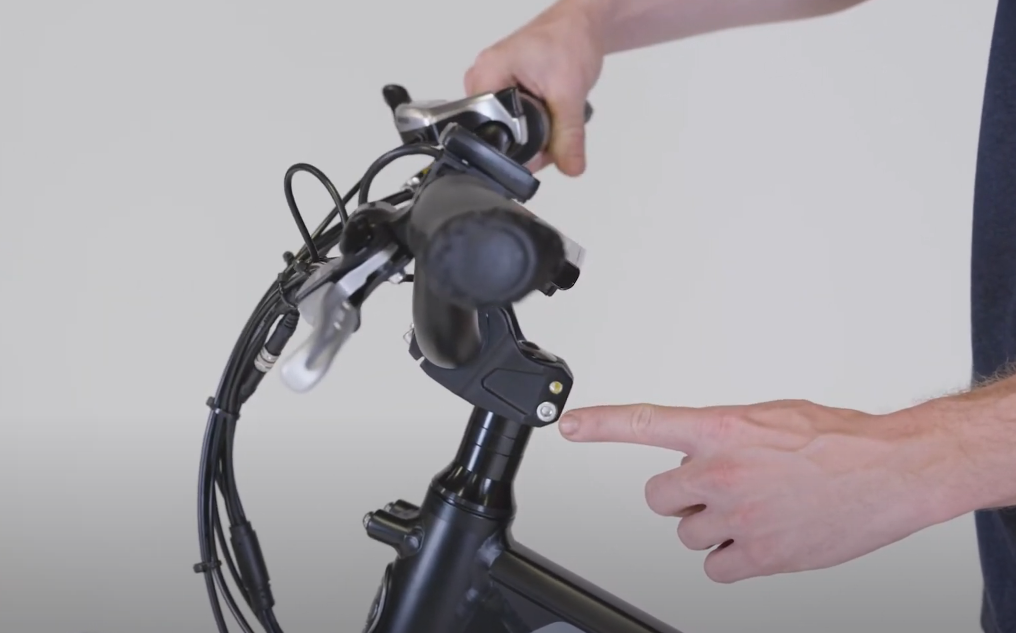
- To perform a handlebar twist test:
- Brace the front wheel. Stand at the front of the bike and brace the front wheel between your feet and lower legs.
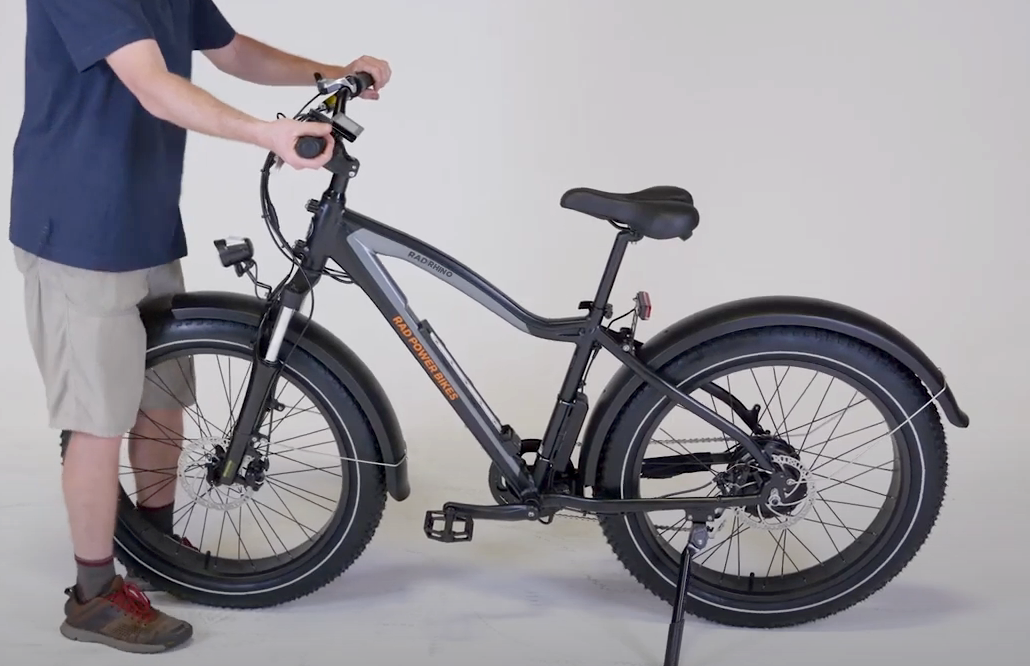
- Try to twist the handlebar. Hold both handlebar grips and push forward with one hand while pulling back with the other hand. Push and pull with about 9 kg of force with each hand.
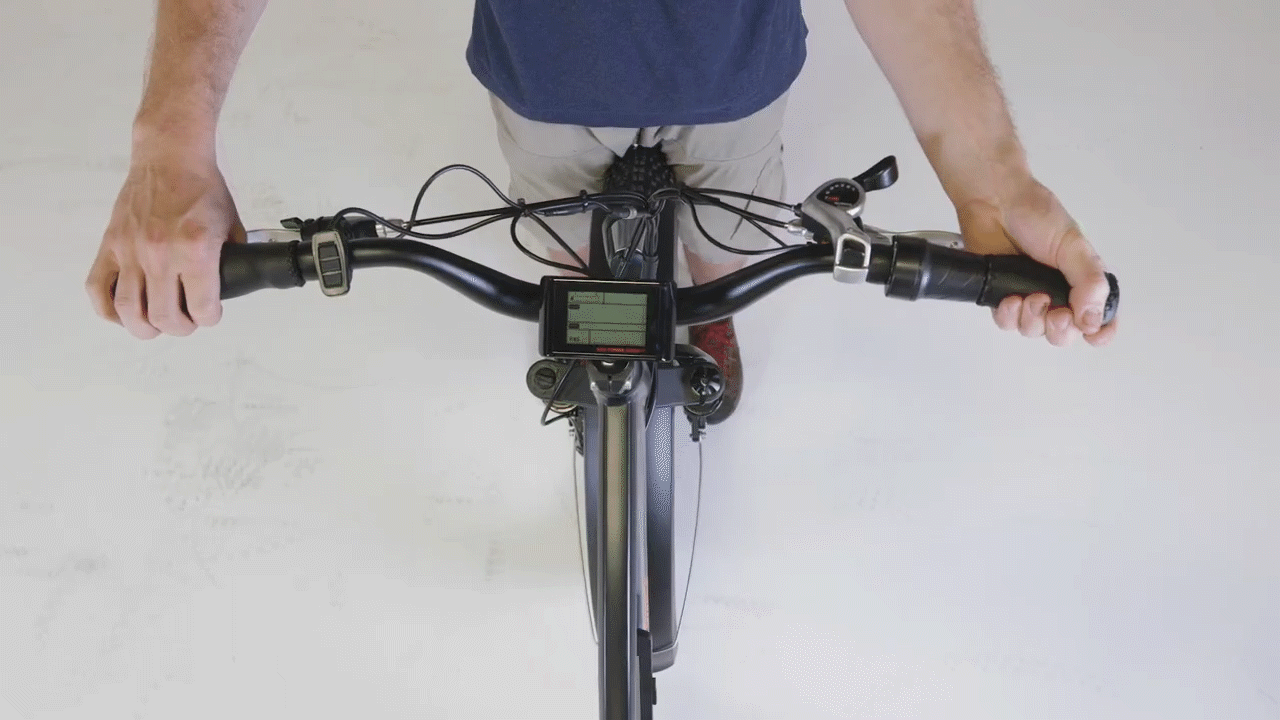
- Repeat the twist test with the opposite hand pushing and pulling with about 9 kg of force applied. Ensure the handlebar and front wheel are still properly aligned.
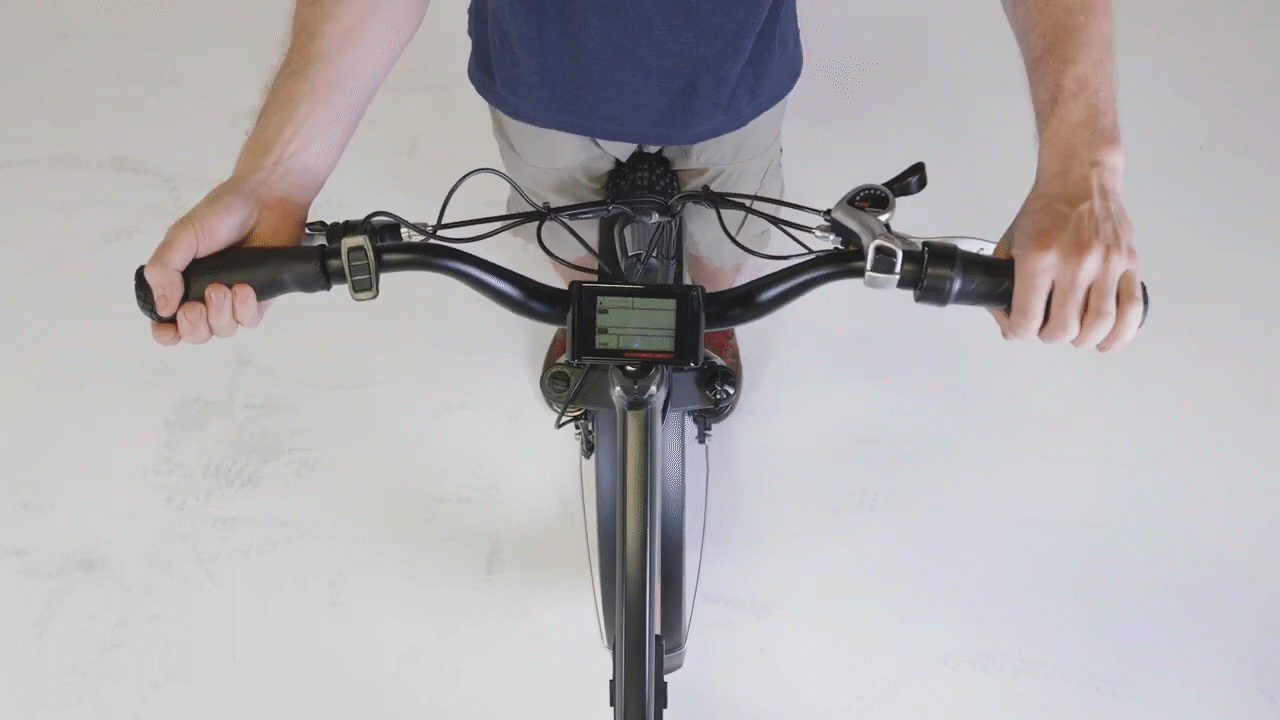
- Check for any movement or changes in the alignment of the stem relative to the front wheel. If the stem twists out of alignment, follow the instructions in the next section to properly torque both bolts.
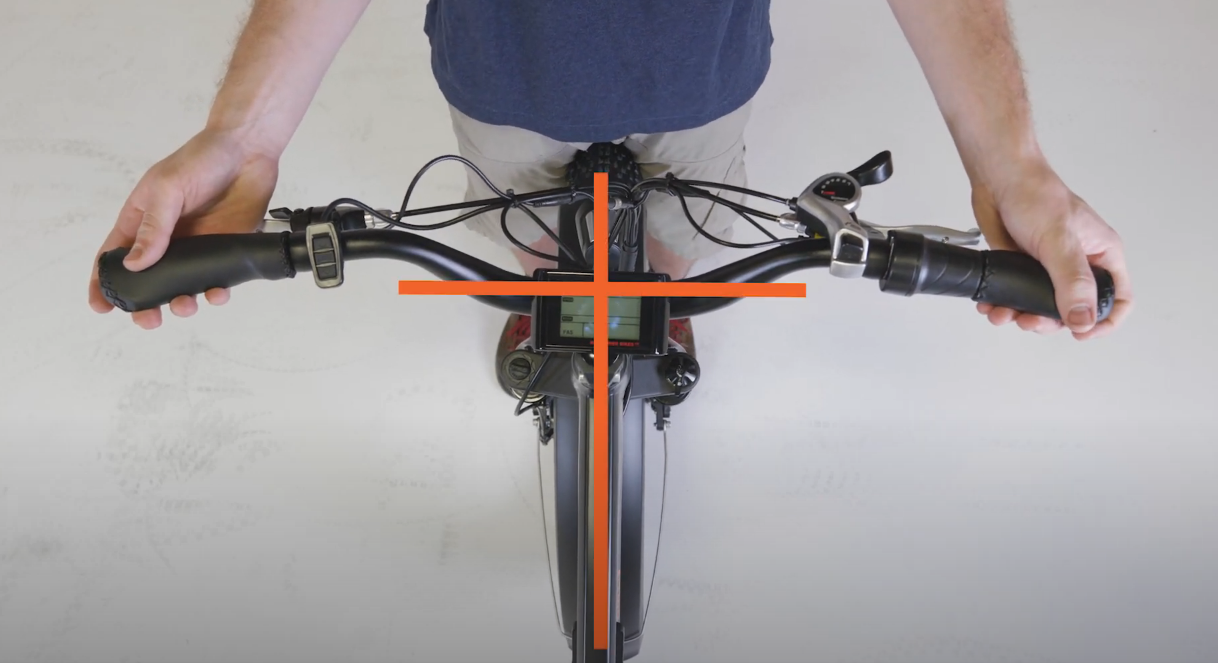
Note: For the RadMini, check for movement just above the headtube of the frame at the stem riser. A small amount of movement near the RadMini handlebar quick-release lever is normal and can be expected.
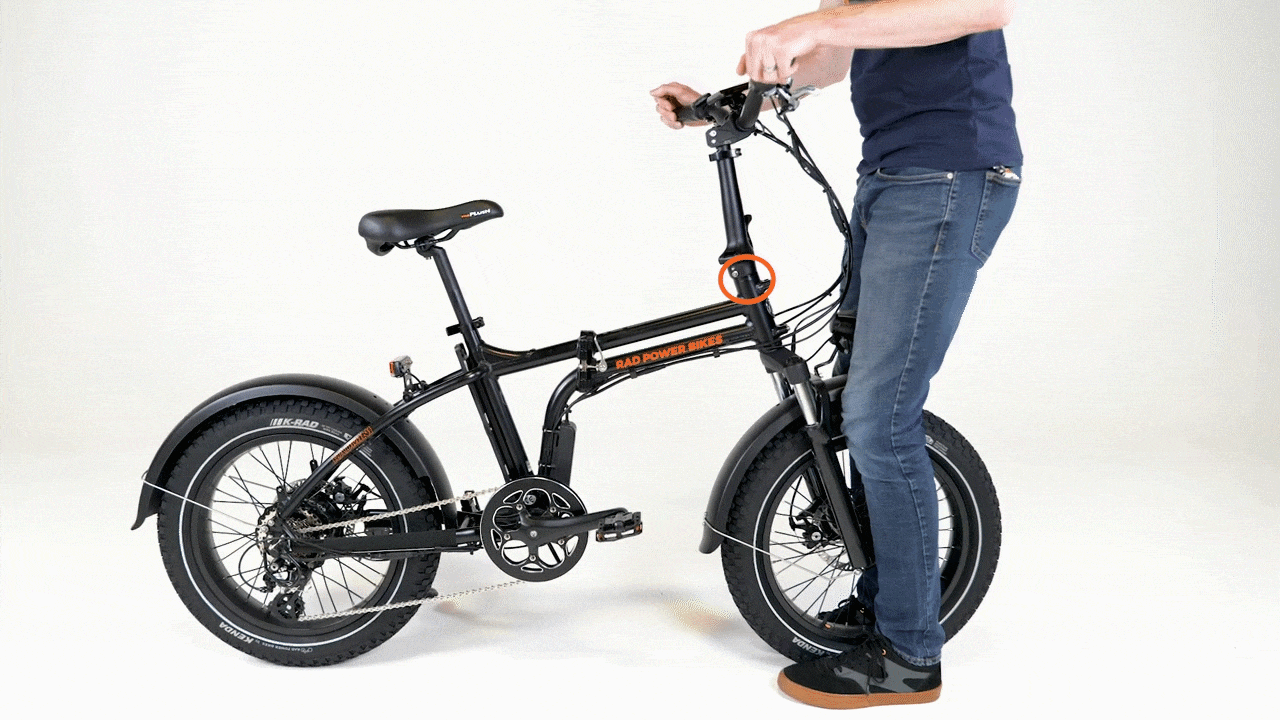
On any bike, bolts and other hardware can vibrate loose during shipping and over time with normal use. Check your bike components and hardware are tightened securely and/or to recommended torque specifications before each ride and have your bike regularly serviced by a certified, reputable bike mechanic.
- Brace the front wheel. Stand at the front of the bike and brace the front wheel between your feet and lower legs.
Properly Torque the Stem Clamp Bolts
You will need:
- A set of Allen wrenches
- A torque wrench with a set of Allen bits
- Grease
Note: Most bike models will use a 5 mm Allen wrench, but tool size may vary depend on your model. Always use the right tool for the bolts on your bike. Press the tool into the bolt head completely and turn slowly to prevent damage.
- Loosen and remove the stem clamp bolts.
- Locate the Allen wrench that fits your model's stem clamp bolts.
- Loosen the bolts a half turn at a time, starting with the top bolt and alternating between bolts, until you can remove each of them. Keep the bolts nearby for reinstallation.
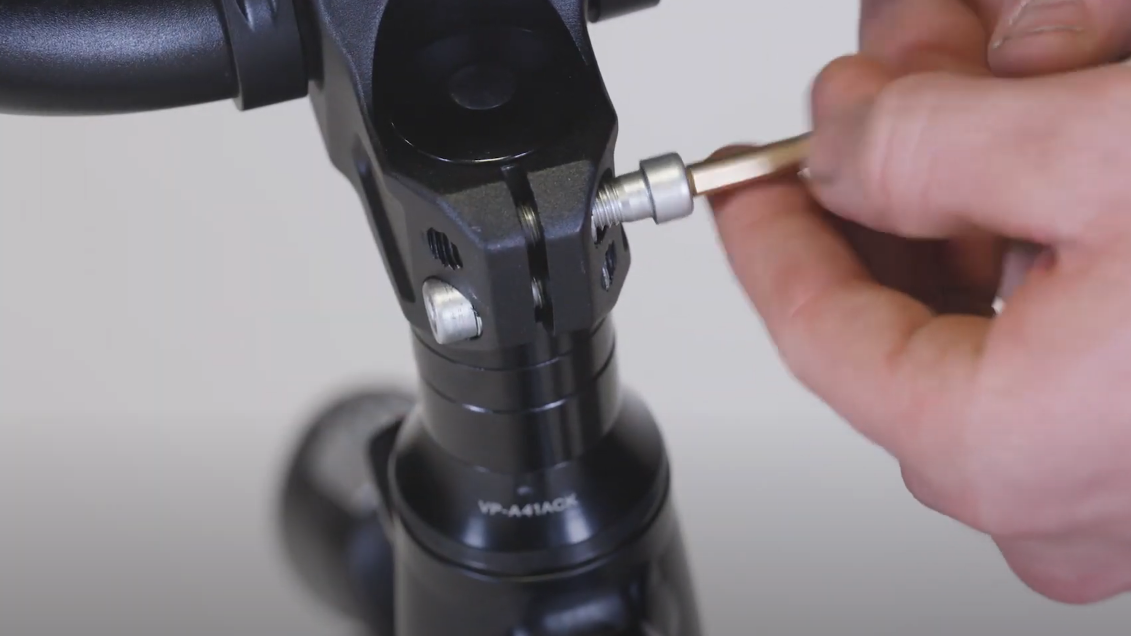
- Align the stem and reinstall the stem clamp bolts.
- Align the stem so the handlebar is perpendicular to the front wheel.
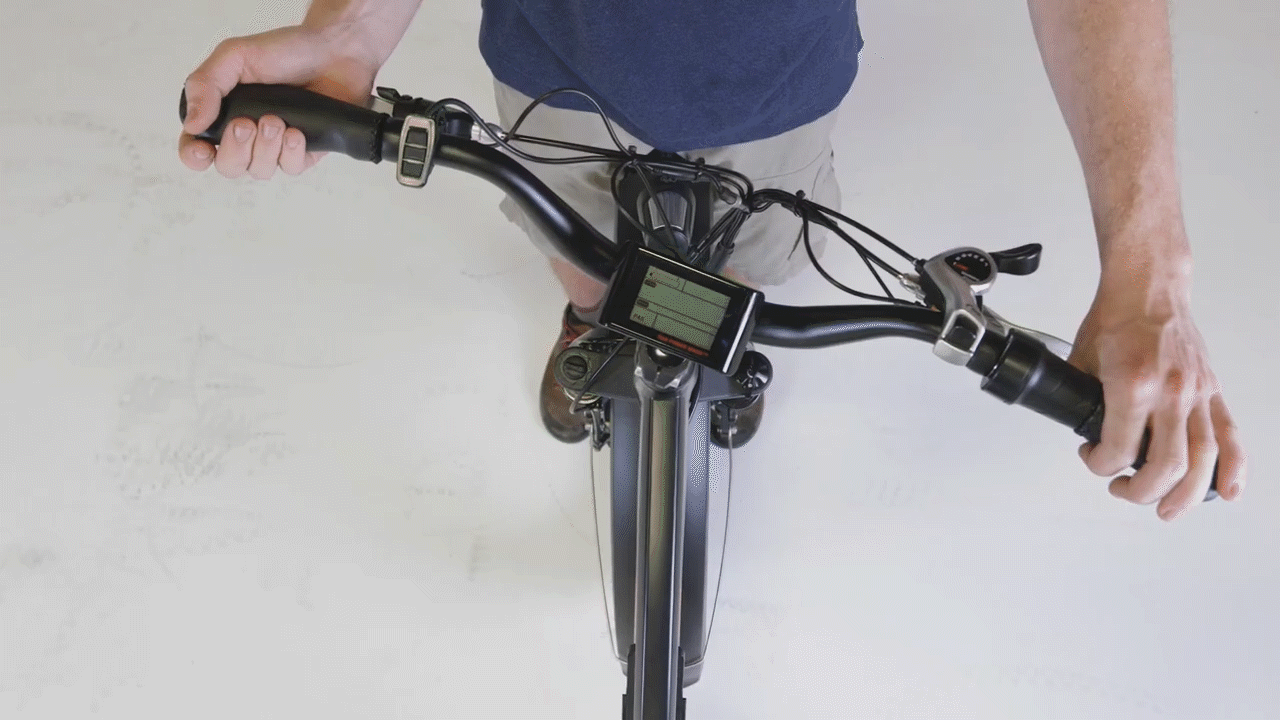
- Prepare the bolts. Ensure there is a split washer on each bolt and apply a small amount of grease to the bolt threads.
- Install the stem clamp bolts and tighten partway until the bolts touch the other side of the clamp and you feel some resistance. Then use a torque wrench to tighten the bolts evenly by turning one quarter turn and then switching bolts. Repeat, tightening one bolt one quarter turn then alternating to the other bolt, until both bolts are torqued evenly to the recommended torque value in your owner's manual, available for download HERE.
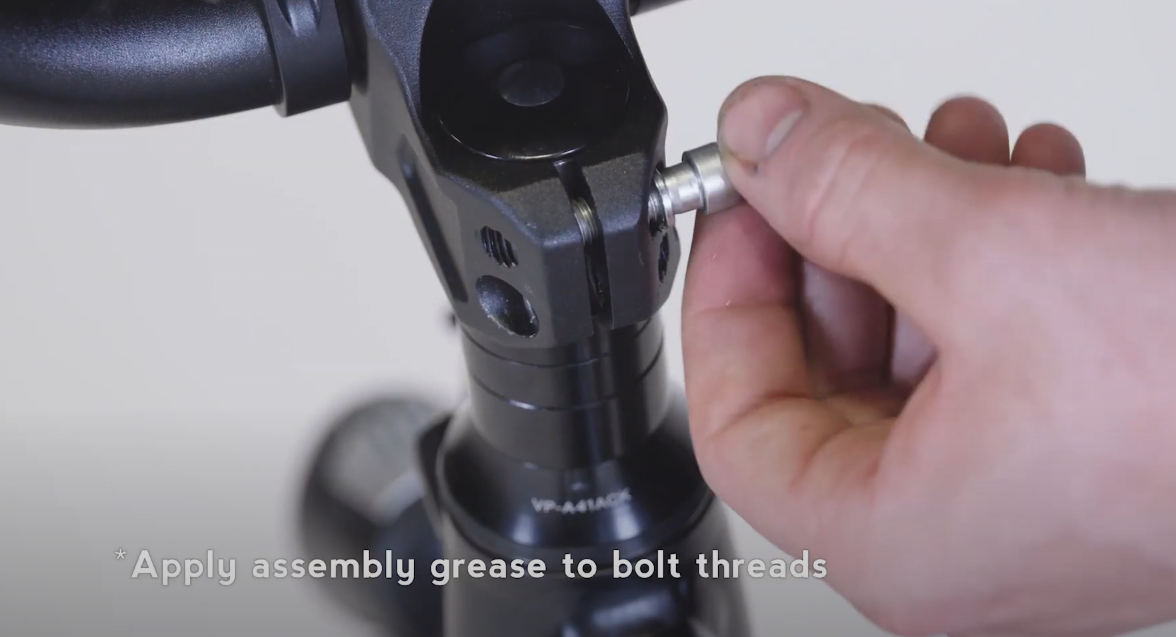
- Check two more times that the bolts are properly torqued. Once the torque wrench indicates that both bolts are properly secured, recheck that each bolt is properly secured two more times. Start at the top bolt, torque to the recommended torque value in your owner's manual, then switch to the bottom bolt, and torque to the recommended torque value in your owner's manual. Repeat once more to verify the torque of each bolt.
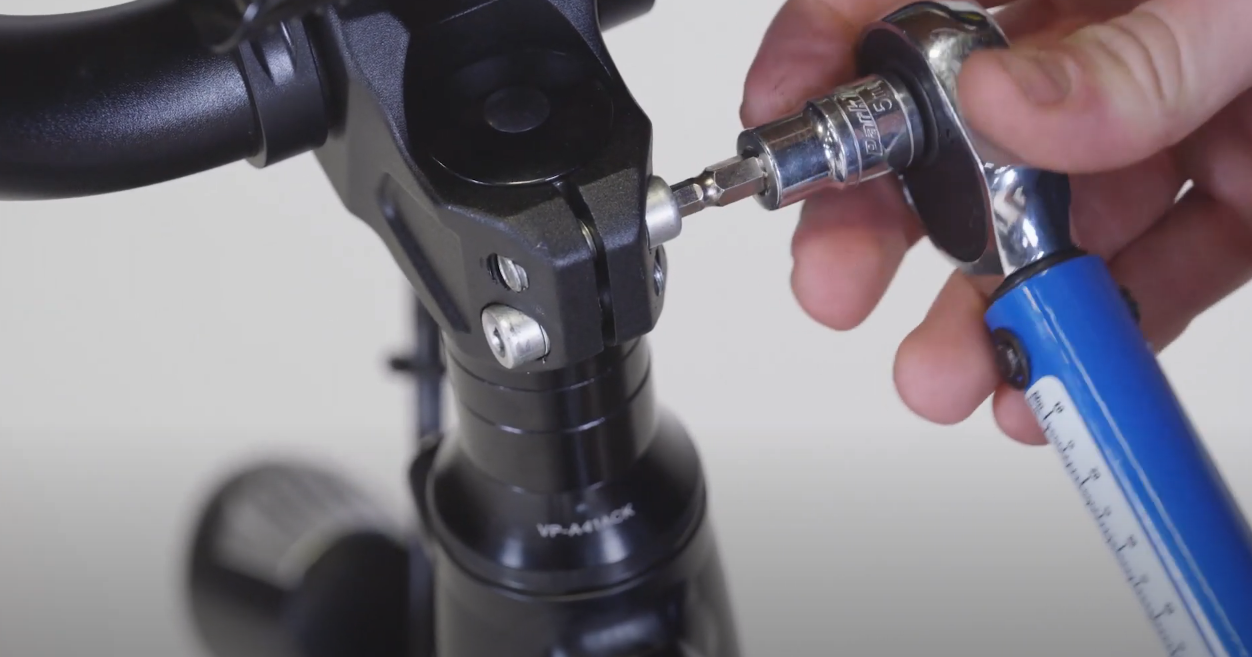
- Perform a twist test again. If the handlebar and stem can rotate out of alignment with the front wheel, discontinue use of the bike and contact Rad Power Bikes Product Support for more assistance.
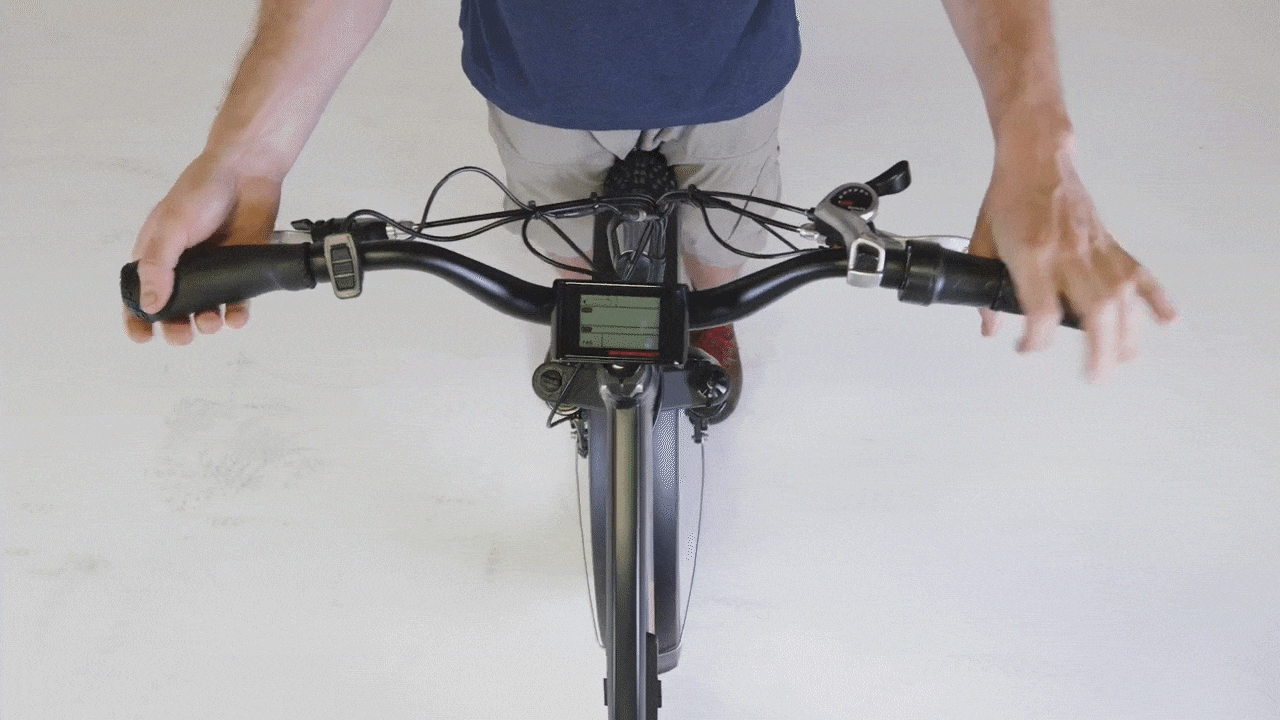
- If you pass the twist test, meaning there was no movement in the stem, the bolts have been properly torqued.
- Align the stem so the handlebar is perpendicular to the front wheel.
- Reinstall the battery, test the bike fully, and have your work inspected by a certified, reputable bike mechanic.
LOOSE OR IMPROPERLY TORQUED HARDWARE CAN CAUSE LOSS OF CONTROL, ACCIDENTS, SERIOUS INJURY, OR DEATH. Check that all hardware is securely tightened securely and/or to recommended torque specifications before each ride.
